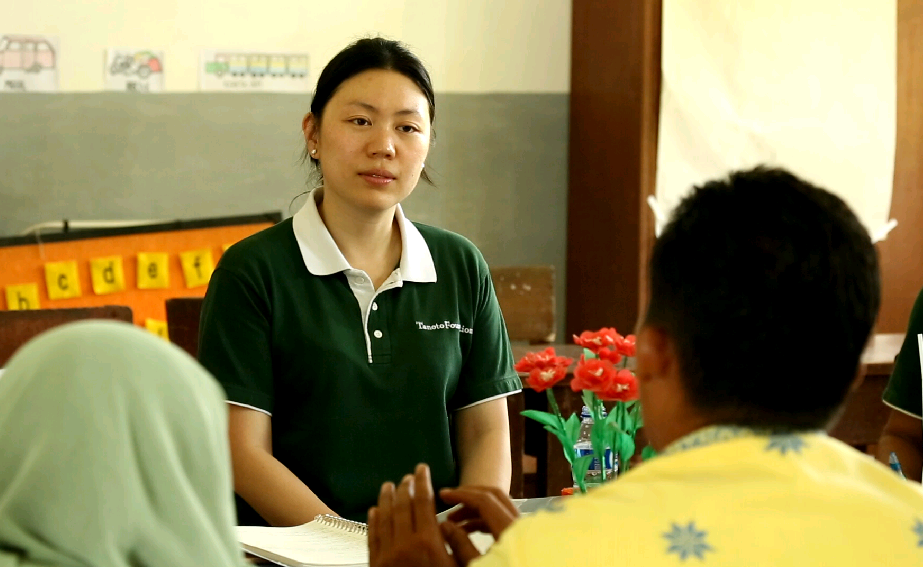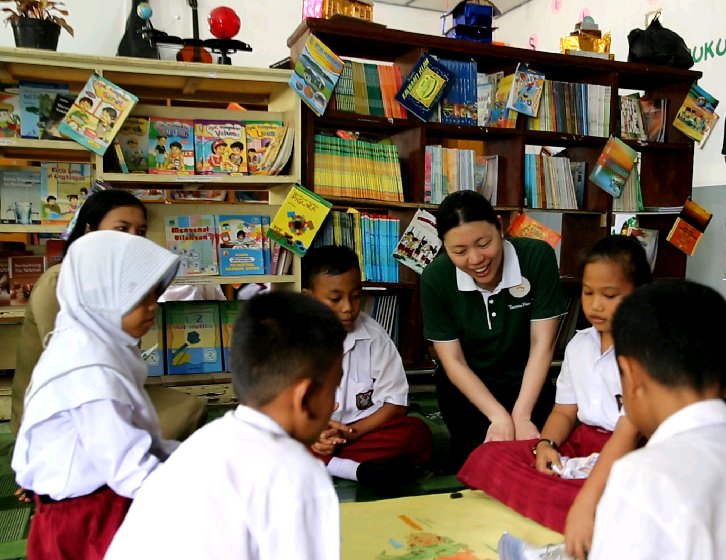The Power of Partnerships, Belinda Tanoto’s Thoughts for Implementing Social Projects

Belinda Tanoto shares her ideas on the strengths and importance of partnerships in achieving positive impacts for any social project. The ideas are contained in the book “Insights from the Inside Vol 3 – One ASEAN Community for a Better World” published by the Singapore International Foundation recently.
In this book, Belinda Tanoto, a member of the Tanoto Foundation‘s executive committee, emphasizes that the strengths and potentials of partnerships should not be underestimated. This is because even the most successful social program can only reach a small percentage of those in need.
“To bridge this gap in reaching the transformative scale, new strategies are needed that transcend the boundaries of every single organization. We need to find new forms of cross-sector collaboration, even of cross-country collaboration,” said Belinda Tanoto.
Based on experience coming from implementing activities in this philanthropic organization founded by Sukanto Tanoto and Tinah Bingei Tanoto, supports from other parties are required to efficiently overcome long-term problems, such as poverty, inequality, and access to quality education.

“Partnerships can open up many advantages, including capital increase, risk diversification, and capacity building. Over the years, we have gained extremely valuable insights on how to build effective, sustainable, and meaningful partnerships,” added Belinda Tanoto.
Belinda also highlights the challenges in improving the quality of education in Indonesia which covers 50 million students, 2.6 million teachers, and 250,000 schools spread across more than 900 islands. The Indonesian government is making its best efforts, including setting aside 20% of the state budget for the education sector. As a result, Indonesia has almost achieved universal access to basic education. However, there is still much to do to improve the quality of education.
Given Indonesia’s vast and complex educational system, no single organization will be able achieve quality education for all. “Consequently, the Tanoto Foundation rearranges the approach strategy. In addition to implementing initiatives that have specific goals, we also begin to leverage our reputation as a catalyst to encourage other organizations to collaborate, “Belinda said.

For example, the Tanoto Foundation has established partnerships with the Djarum Foundation and Asia Philanthropy Circle, to build collaborations with non-profit organizations active in education. Together, they identify the most suitable opportunities for investing and forming coalitions.
“We hope that with an honest discussion on what works and what does not, the organization can accelerate growth in providing more effective programs in the future,” Belinda concluded.

Leave a Reply